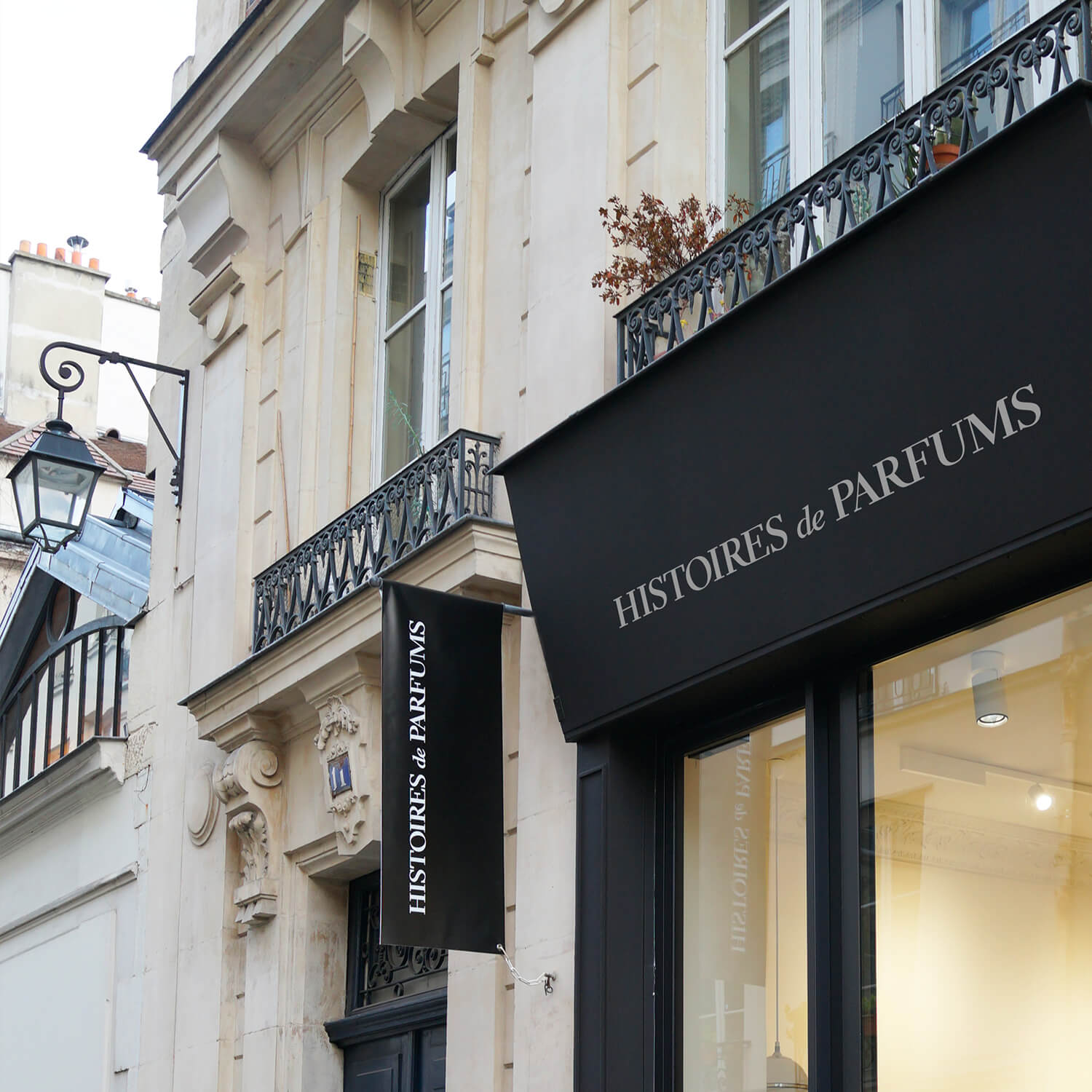September 6, 1522: The first World Tour

The distribution of land sparked by the first world tour:
At the beginning of the XVth century, Portugal, under King Henri the Navigator's (1394-1448) impetus, set off to colonize Africa. These first expeditions are now considered as the debut of Europe's colonial expansion. In order to concretize their conquests, the Portuguese address the Pope who, in 1481 publishes the pontifical bull "Aeternareais" granting the Portuguese the right to appropriate all territories discovered during their evangelization.
In 1492, under the Spanish rule, Christopher Columbus discovers the New World, creating tension between the two kingdoms. The Treaty of Tordesillas, written and signed in 1949, puts an end to this crisis, splitting the land equally between both kingdoms. The demarcation line is drawn in the meridian situated 1110 miles from Cap Vert. Everything to the East is accorded to the Portuguese, while everything to the West belongs to the Spanish. (This division explains why Brazil is Portuguese, while the rest of America is Spanish)
While the treaty resolved the crisis, this division raised issues with the Spanish because the Molucca islands, located near Indonesia, and responsible for the main production of spices, are situated on the Eastern side of the Meridian that divides the New World. The access road to these islands is thus controlled by the Portuguese. The only solution would then be to create a Western access route. In order to solve this issue, Fernand de Magellan, a Portuguese working for the Spanish, casts off on August 10, 1519 with five ships and 237 crew members.

A troublesome journey which Magellan never returns from
Even before setting off for his expedition, tensions were high. The Spanish captains are weary of a Portuguese conducting the voyage. After four months of sailing, they finally reach the Brazilian shore. Magellan decides to continue their trip to the South by coasting along the shore in order to find the Western route. However, the rough and worsening conditions of the voyage pushes a number of crew members to mutiny. On April 1, 1520, three of the five captains revolt, but Magellan manages to bring things under control. Two of the rebelling captains are killed, while the third is left to die on the island.
The consequences of this revolt weigh heavily on the crew. Their overall enthusiasm is at its lowest, and diseases such as scurvy begins to spread on board. All odds are against them, and in May, one of the ships sink. In October, Magellan finally discovers the Western route in South America, but yet again, is hit with a blow by fate when the ship holding all the crew members rebels and turns around to make their way back to Spain. The expedition, which now consists of three ships goes on regardless and reaches the Molucca islands on March 6, 1521, restocking on all suppies.
In April 1521, the expedition reached the Mactan island in the Philippines where King Lapu refuses to back down. Mallegan, trusting in their harquebuses and weaponry, naively decides to attack. The battle of Mactan is held on April 27, 1521. This battle is a disaster to the Spaniards who not only lose the fight, but Magellan as well, as he is killed by a poisoned arrow.
The Return to Spain
Captain Juan Sebastian Elcano leads the expedition. Due to the low number of crew members, he decides to abandon one of the ships and burn it on May 2, 1521. The expedition finally reached the Molucca islands on November 8, 1521. After having filled the ship with spices, the Victoriamakes its way back to Spain on December 21, 1521. After having filled the second ship, The Trinidad stays in Molucca for repair and is eventually captured by the Portuguese.
The Victoriamakes its way across the Indian ocean, passing Africa by the Cape of Good Hope and reaches the Spanish city of Sanlucar on September 6, 1522. At the end, there is no more than 18 crew members left. Although recognized as heroes for their expedition, the voyage causes a financial crisis. Additionally, the ships who will go on to follow Magellan's route will face catastrophes, to the extent that in 1529, Spain renounces their association with the Molucca islands with the treaty of Saragosse.
Society will have to wait another 58 years to see another world tour, which will be completed by the English captain Francis Drake. Today, the Western passage, discovered during the first expedition is called: The Magellan Straight.




Leave a comment
This site is protected by hCaptcha and the hCaptcha Privacy Policy and Terms of Service apply.